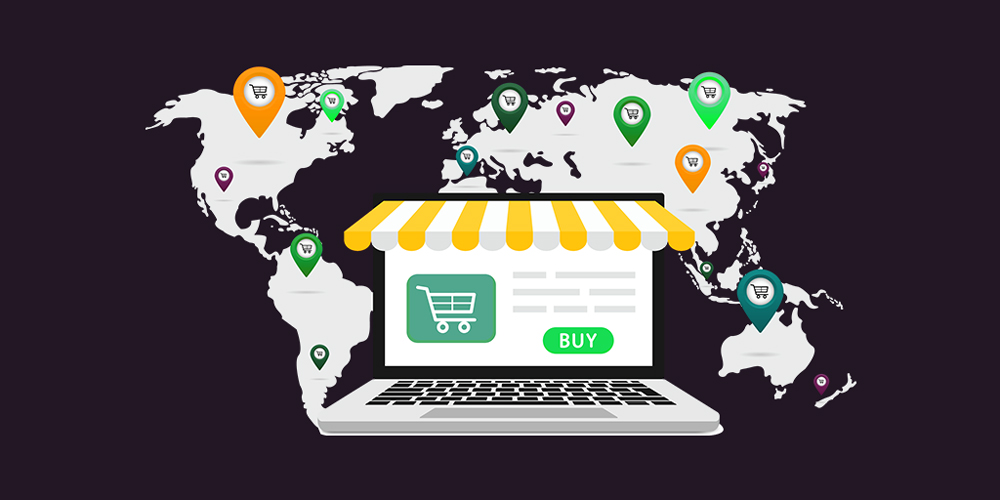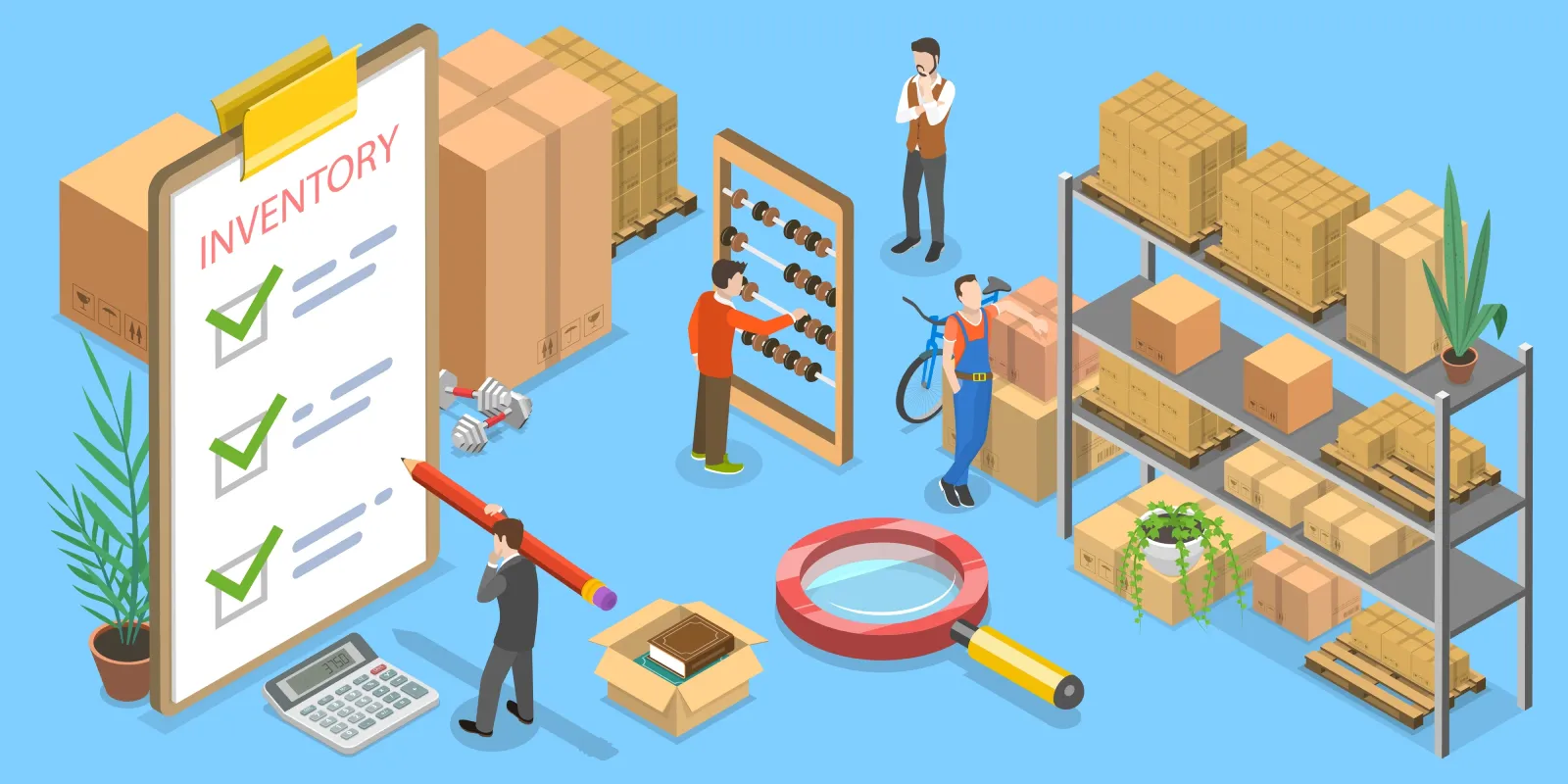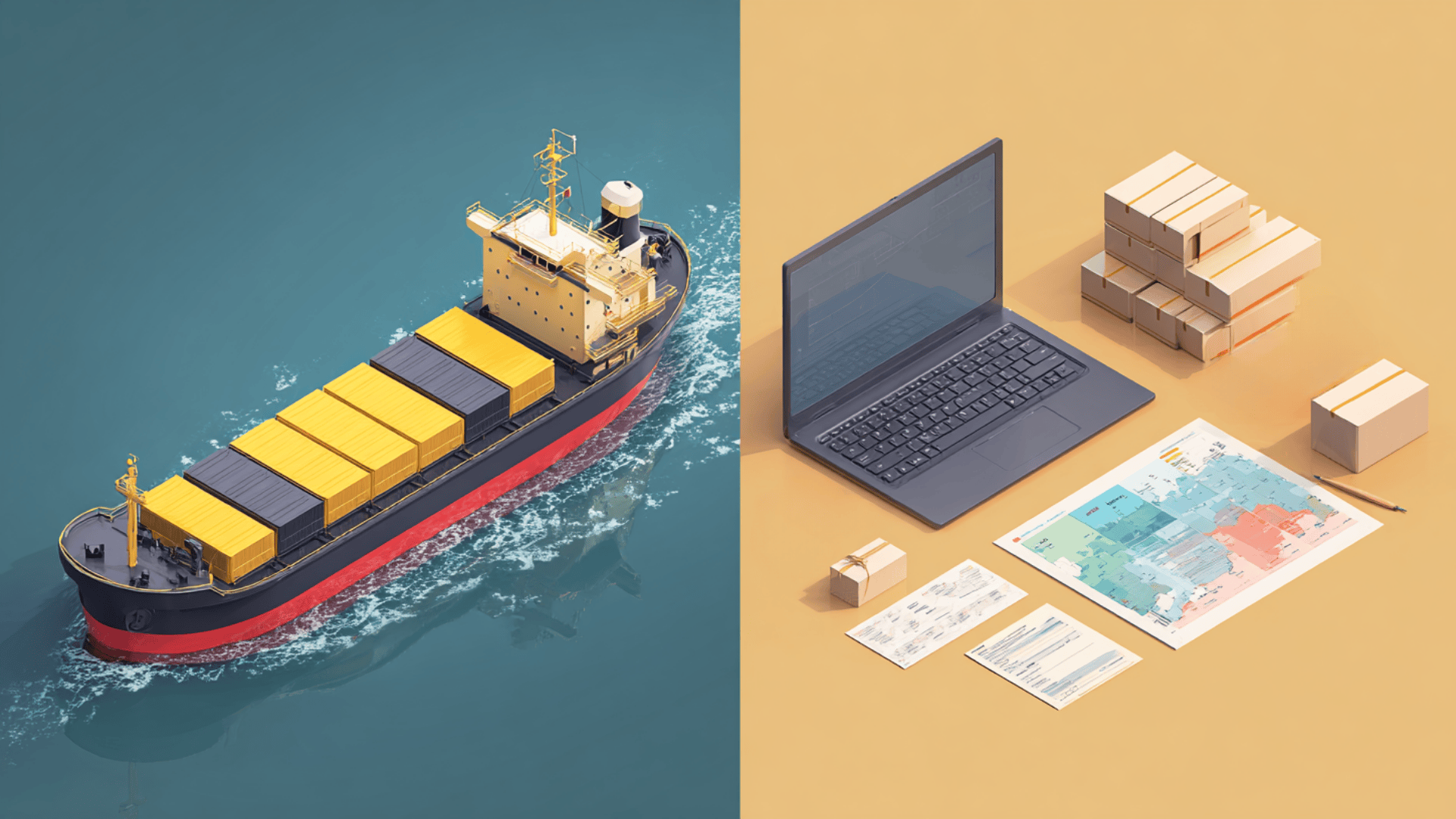逆向物流与正向物流:主要区别与协同效应
在当今竞争激烈的 供应链管理 景观之间的区别 逆向物流 和 前方物流 对于旨在精简业务的企业来说至关重要。正向物流侧重于货物从供应商到客户的流动,而逆向物流则处理产品的回流。虽然这两个流程看似独立,但它们之间存在内在联系,并能为企业带来显著的协同效应。本文将探讨逆向物流和正向物流之间的主要区别和协同作用,以及整合这两种物流如何提高运营效率。
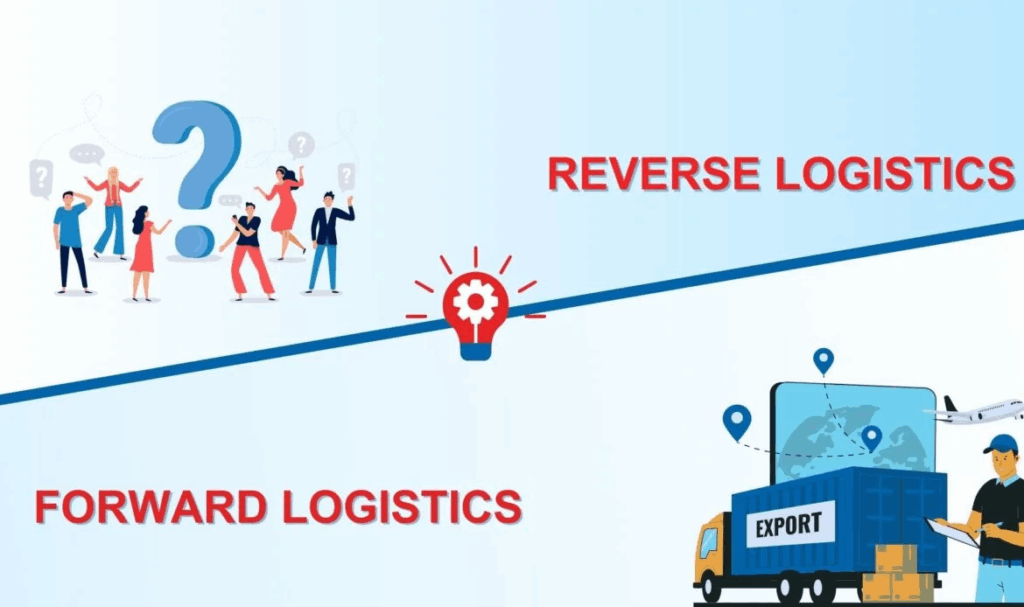
什么是前方物流?
前向物流是指供应链中货物从生产到交付给最终消费者的传统流程。它包括确保产品到达客户手中的所有过程,包括储存、运输和交付。前向物流主要涉及 完成客户订单我们还负责库存管理和优化送货路线,以确保及时送达。
前方物流的关键组成部分:
- 库存管理:确保产品数量和位置正确。
- 订单执行:拣选、包装并向客户运送产品。
- 运输和交付:协调从仓库或制造商向客户交付货物。
前方物流的重点是最大限度地提高向客户交付产品的效率,同时最大限度地降低成本。
什么是逆向物流?
逆向物流 是指管理产品退货、召回和回收的过程。与侧重于将货物从生产商运送到客户手中的前向物流不同,前向物流处理的是相反方向的货物运送--从客户到生产商或零售商。这一过程包括退货、维修、回收和处理不再需要或有问题的货物。
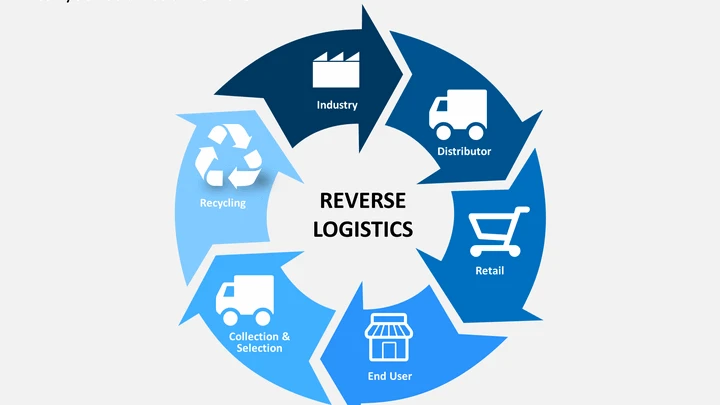
逆向物流的关键组成部分:
- 退货管理:处理产品退换。
- 维修和翻新:管理需要修理或修复的物品。
- 回收和处理:处理无法出售或过时的产品,以便回收或处置。
有效 逆向物流 供应链管理 对于最大限度地降低成本、管理浪费和提高可持续发展能力至关重要。此外,逆向物流跟踪对于确保退货得到高效处理和客户对解决方案感到满意也至关重要。
逆向物流与正向物流的主要区别
虽然正向物流和逆向物流对成功的供应链都至关重要,但它们的目的不同,需要不同的流程和战略。
1. 货物流向
- 前方物流:货物从生产商或供应商到消费者之间的流动。
- 逆向物流:货物从消费者手中运回制造商或零售商进行退货、维修或处理。
2. 目的
- 前方物流:目的是满足客户需求,确保及时交付货物。
- 逆向物流:目标是管理退货,无论是维修、回收还是处理,并确保客户满意。
3. 所涉过程
- 前方物流:涉及库存管理、包装、运输和配送。
- 逆向物流:包括管理退货、处理退款、修理损坏商品和处理产品召回。
4. 成本影响
- 前方物流:由于产品是交付给客户的,因此成本一般较低。
- 逆向物流:由于退货可能导致额外的运输、重新进货和处理费用,因此通常会产生更高的成本。
虽然这两个过程截然不同,但它们必须结合起来,才能达到最佳效果。 供应链 管理。一个强大的逆向物流系统可以通过提高客户满意度、改善库存管理和减少浪费来补充正向物流。
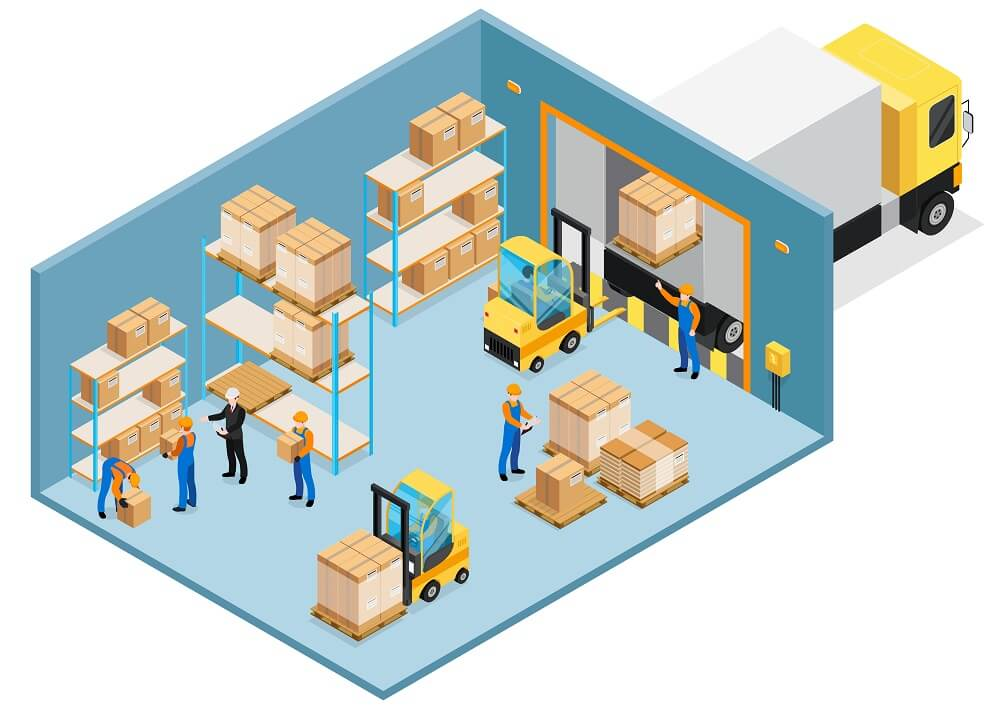
逆向物流与正向物流的协同效应
虽然逆向物流和正向物流有着不同的目标和流程,但如果能有效整合,它们就能产生巨大的协同效应,为企业提高效率、降低成本。通过将逆向物流与正向物流结合起来,企业可以简化运营、提高客户服务水平并改善可持续发展。
1. 改进库存管理
通过 逆向物流跟踪企业可以从客户偏好和产品问题中获得宝贵的洞察力。这些信息可用于调整库存,并在前方物流中做出更好的决策,确保受欢迎的产品始终有库存,有缺陷的产品从流通中清除。
2. 降低成本
将逆向物流与正向物流相结合可以节约成本。通过将退货与出货合并,企业可以降低运输成本。此外,有效管理退货还能确保产品快速补货和转售,最大限度地提高利润率。
3. 客户满意度
管理完善的逆向物流流程有助于企业及时处理客户问题。通过提供无障碍退换货服务,企业可以提高客户满意度。这反过来又会提高客户保留率和忠诚度。

4. 可持续性
有效的逆向物流流程也有助于可持续发展。通过回收或重新利用退回的产品,企业可以减少浪费,为循环经济做出贡献。这不仅有利于环境,还能提高公司作为负责任企业的声誉。
逆向物流跟踪如何改进流程
逆向物流跟踪 对于有效管理退货和换货至关重要。通过提供退货状态的实时更新,企业可以确保产品得到快速处理和补货。此外,客户还可以跟踪他们的退货,确保退货过程顺畅透明。
逆向物流跟踪的好处:
- 为客户提供透明度:客户可以查看退货状态,改善他们的体验和对企业的信任。
- 更快的处理速度:跟踪可帮助企业加快退货流程,减少延误,确保产品快速补货或回收。
- 为决策提供更好的数据:通过跟踪退货,企业可以收集有关产品性能和客户行为的宝贵数据,帮助优化正向和逆向物流。
有效的逆向物流跟踪可确保企业保持对其运营的控制,降低成本并提高整体效率。
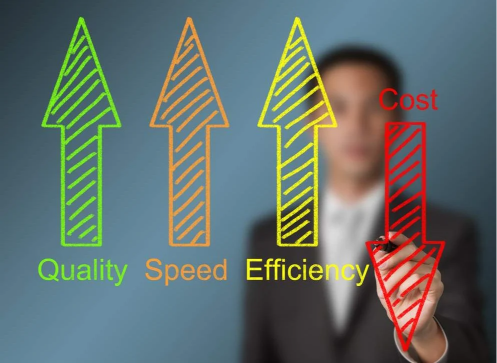
结论:成功供应链的关键
了解逆向物流与正向物流之间的差异和协同效应,对于希望优化供应链的企业来说至关重要。通过将逆向物流整合到整体物流战略中,企业可以简化运营、降低成本并提高客户满意度。借助先进的 逆向物流跟踪因此,公司可以确保快速有效地处理退货和换货,使供应链更顺畅、更有效。
要简化逆向物流流程,请在以下网站探索解决方案 邮政包裹.我们提供管理逆向物流和跟踪退货的创新工具,确保优化您的供应链,取得成功。
行业洞察
收件箱消息
Nulla turp dis cursus.整体释放,预留空间


